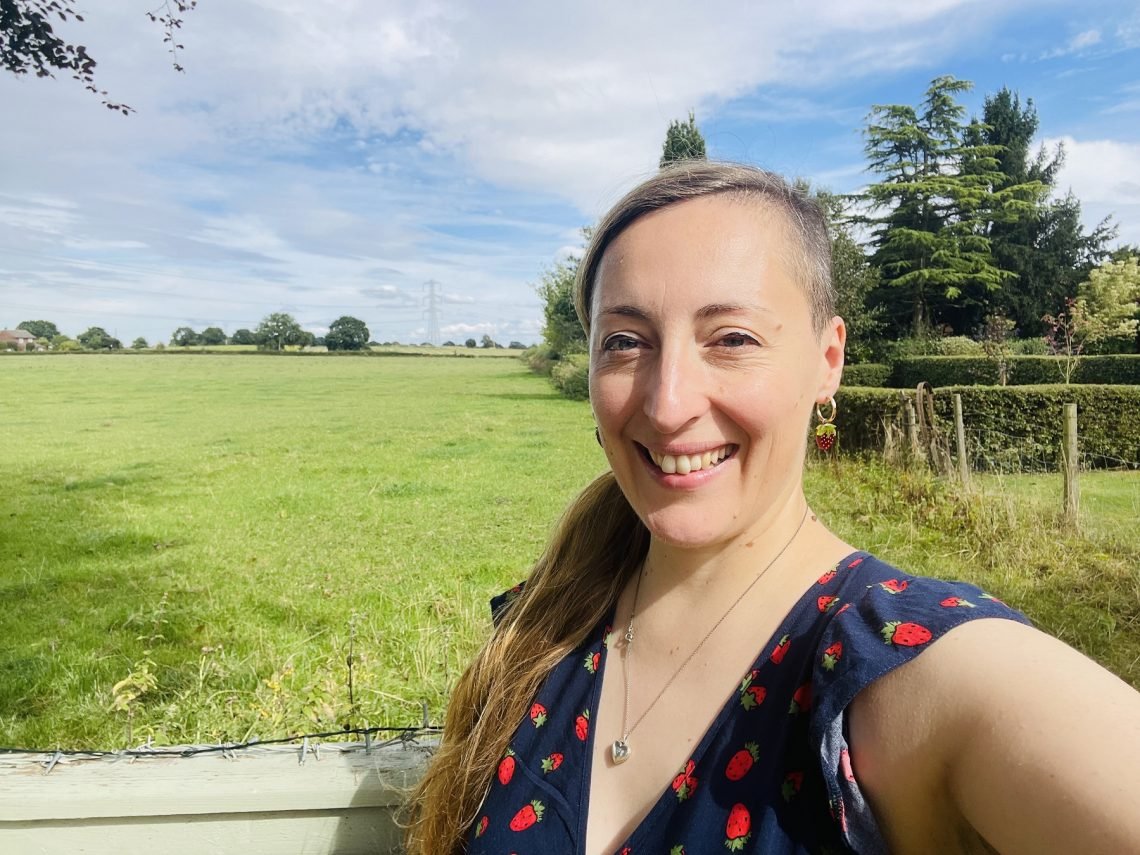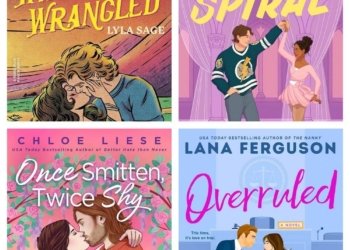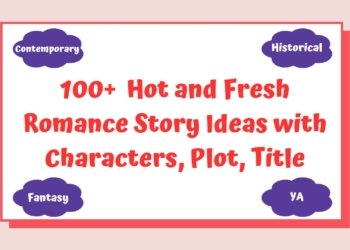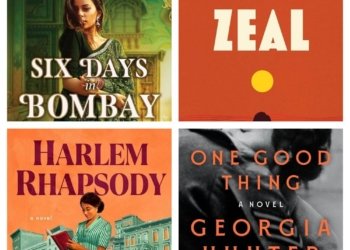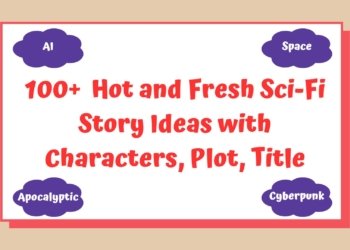No products in the cart.
A Conversation with Nicola Ashbrook, Best-Selling Historical Fiction Author
Nicola Ashbrook is a writer, mum and speech and language therapist from the north-west of England.
354
SHARES9.2k
VIEWSNicola Ashbrook is author of two novellas-in-flash – Mae in Quinquennia with indie publisher Selcouth Station and most recently, The Anatomical History of Violet Vee out with The Alien Buddha Press (available on Amazon). Her first flash fiction collection, The Art of Escapology is upcoming with The Bearded Badger Press.
Let’s get started with a quick rapid fire.
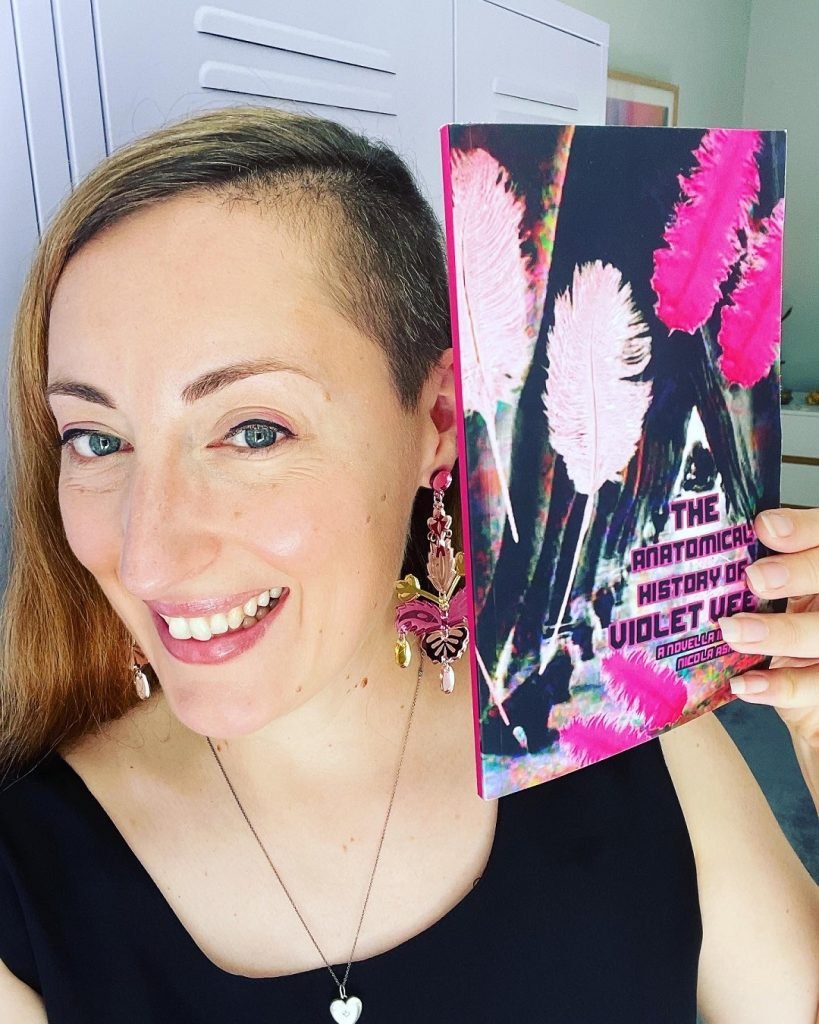
Q1. If you could be transformed into one animal, which one would you choose?
Maybe a giant anteater because they’re my favorite. Not sure I’m keen on the idea of eating ants though!
Q2. What time do you usually go to bed at night?
Too late! I’m definitely a night owl.
Q3. Are you more of an introvert or an extrovert?
More introvert I think. I love people but I need my space.
Q4. Who is your favorite Disney character?
Not technically Disney but I love Mr Peabody.
Q5. Would you rather travel to the past or to the future?
Past I think, the future scares me. I reckon I was destined to have been born in the seventies – I’m very drawn to the fashion.
Q6. What is your last Google search?
Is Mr Peabody and Sherman Disney?!
Q7. What object do you misplace or lose the most?
My glasses! I never lose anything but them.
Q8. What is the kindest thing someone ever did for you?
Maybe bought me noise-cancelling headphones so I can still write in a noisy household – they’re the kindness that keeps on giving.
Q9. Learn by watching or learn by doing?
A bit of both. “Without skipping a beat, she begins acting like Margaret Thatcher talking aloud to herself in a bathroom, undressing herself and climbing into an imaginary bath. She keeps up a nuanced commentary on the state of the Soviet Union while she’s at it, something which isn’t difficult for her given Paul’s close scrutiny of all the news bulletins on the subject. She ends, lying on the stage, one leg crossed over the other, barely hiding her modesty, waxing lyrical on the infrequent sightings of Brezhnev, speculating that perhaps his eyebrows, large as they are, may just have taken him hostage.”Nicola Ashbrook, The Anatomical History of Violet Vee
Q10. Expensive presents or homemade presents?
Not expensive presents but I do love stuff – clothes, quirky accessories, stationery, books. It’s a failing!
Q11. What is one missed opportunity that you wish you could have a second chance at?
Maybe first time motherhood. I’d do a lot of things differently if I could re-wind time.
Q12. What is not a big deal to most people but is torture to you?
Other people’s chewing!!!!
It’s time for a more detailed conversation, Nicola.
You’ve answered our rapid fire brilliantly, Nicola. Now, it’s time for our readers to know more about the person behind the book.
Q. Tell us something about yourself that’s going to make us wonder more about you.
I once turned our downstairs toilet into a Cabinet of Curiosities including a taxidermy bat and sexologist’s sign.
Q. Well, that will keep you in our thoughts. So, what books did you grow up reading?
When I was young, I read my way around the local library until there wasn’t anything left to read. I loved Sweet Valley High, all the Judy Blume books and Paula Danziger too. I think Judy Blume was crucial reading for many tweens in the eighties/ nineties because she mentioned things like periods that you were desperate to know about but couldn’t easily find out about. And there was The Body Book for basic sex ed – this is what we had to resort to before the internet!
Q. Interesting. What, to you, are the most important elements of good writing?
I want to read (and write) about characters who feel real and move me in some way. If someone reads one of my stories and cries or laughs, I feel as though I’ve achieved what I set out to. When I’m reading, I want to be swept along and desperate to find out what happens – I want to genuinely care what happens to the characters. There’s nothing better than being so gripped by a book that you can’t put it down.
Q. Do you hide any secrets in your books that only a few people will find?
Not generally, but occasionally if someone has really annoyed me, I might put elements of them into a character who becomes an antagonist! Don’t tell anyone.
Q. Now comes the most anticipated question that every author must answer. How do you process and deal with negative book reviews?
Well, thankfully I haven’t had to deal with this yet. As an indie author it’s hard to break into the mainstream so most of my reviews are from people I know or virtually know. I suspect I will find it hard not to take it to heart when the time comes.

Q. What comes first for you — the plot or the characters — and why?
For me, I think it’s usually characters first. Both of my novellas-in-flash have focused on strong female characters and so does the novel I’m working on. I try to make sure I have the plot roughly mapped out before I start writing though. I tried more of a pantser approach with my first novel and I regretted in – a huge re-write was required. I think well-rounded characters will guide you through the plot.
Q. How do you develop your plot and characters?
Sometimes I hear a word or get the idea for a very basic concept e.g. in The Anatomical History of Violet Vee, I knew I wanted to write a no-nonsense, confident women. Once I have that idea in mind, a character often comes to me whole, or at least that’s how it feels. My characters are like real people to me – I just write them down.
Q. What does literary success look like to you?
I would love to be able to walk into a bookshop, maybe Waterstones, and find my book on the shelf. As an indie author, that is still out of reach. But if you’d asked me the same question two years ago, I’d have said having a book out with my name on the front cover. And now I have two. So you never know.
Q. Let’s talk about your book. Tell us about it. No major spoilers.
The Anatomical History of Violet Vee is a novella-in-flash telling the life story of the fabulous, charming, self-assured, somewhat naughty Violet, through all the ailments she experiences.
A novella-in-flash is a relatively new genre, consisting of lots of short stories (flashes) which both stand alone and form an over-arching story when read together.
If you like hot spies, nipple tassels, circus tricks and a bit of romance, all packaged into a fun, uplifting read, then Violet could well be for you. At Peachy, she makes her entrance on stage, appearing from behind two hot pink ostrich feathers to woops and cheers. She allows herself to be carried by two oily, topless young men to a podium where she proves without a shadow of a doubt that even at forty years her senior, she can indeed give Kylie a serious run for her money.”Nicola Ashbrook, The Anatomical History of Violet Vee
Q. What part of the book did you have the hardest time writing?
Violet was actually a joy to write. I had been trying to write something much more political and serious beforehand but it felt like I was back at school with homework I didn’t want to do. I decided to have some fun and write a really flamboyant character and Violet flew onto the page in about three weeks.
Q. Would you and your main character get along?
Yes! I think I’d admire her and want to be more like her as she really doesn’t concern herself with how the world views her. She’d be a lot of fun to have as a friend.

Q. What are the essential characteristics of a hero you can root for?
They need to be relatable. I don’t want my heroes to be model-like and unattainable. I like a down to earth character with flaws who has to overcome their circumstances to be heroic. Mae, from my first novella-in-flash (Mae in Quinquennia) is like that – she has a hard life with many challenges but only grows stronger because of it.
Q. Let’s talk about the process of writing. When you’re writing an emotional or difficult scene, how do you set the mood?
I don’t think I do anything specific to set the mood but I do have to be careful when I choose to write an emotional scene as I get pretty invested. I cried in Ikea café once after writing a particularly emotional piece of flash! I also cry towards the end of Violet every time I read it back!
If my own characters make me emotional, I take it as a sign I’ve portrayed them in the way I want.
Q. What was your hardest scene to write?
I think any scene where someone dies. If you’ve done it well, you feel the loss of that character yourself. I lost my mum two years ago so I think writing a death can easily trigger real feelings of grief.
Q. It’s been fun. Now, before we wrap this up, do you have any suggestions to help me become a better writer? If so, what are they?
My favorite tip is to have fun with writing – it isn’t supposed to be a chore. And write what only you could write – that tip has really helped me develop my style.
Related Posts
8 Most Anticipated Spicy Romance Books of 2025
Hey, romance aficionados! Ready to add a little spice to your reading list? February 2025 is here, and it has...
100+ Romance Story Ideas with Plot, Characters, and Titles for your next Bestseller
Are you ready to dive into the enchanting world of romance writing? Whether you’re a seasoned author or just starting...
10 Most Anticipated Historical Fiction Novels of 2025
Whether you're looking for a page-turning mystery or a multigenerational epic, these books offer new perspectives on history. Get ready...
100+ Fresh Plot, Characters, and Titles for your next Sci-fi Novel
Welcome, fellow dreamers and storytellers! If you’ve ever found yourself staring at a blank page, yearning for inspiration to strike,...
About Us

Trenzle
Where Trends are made and discovered
Trenzle is your official source of discovering the latest people, work, and ideas that deserve to trend. Discover Authors and their books, Creators and their work, People and their opinions, and Stories from around the globe.
Learn more
Latest Posts
8 Most Anticipated Spicy Romance Books of 2025
February 6, 2025
Trenzle Top 10 Trending Free Book Deals for February 04, 2025
February 4, 2025
Categories
© 2023 Trenzle - Online Author News & Magazine
